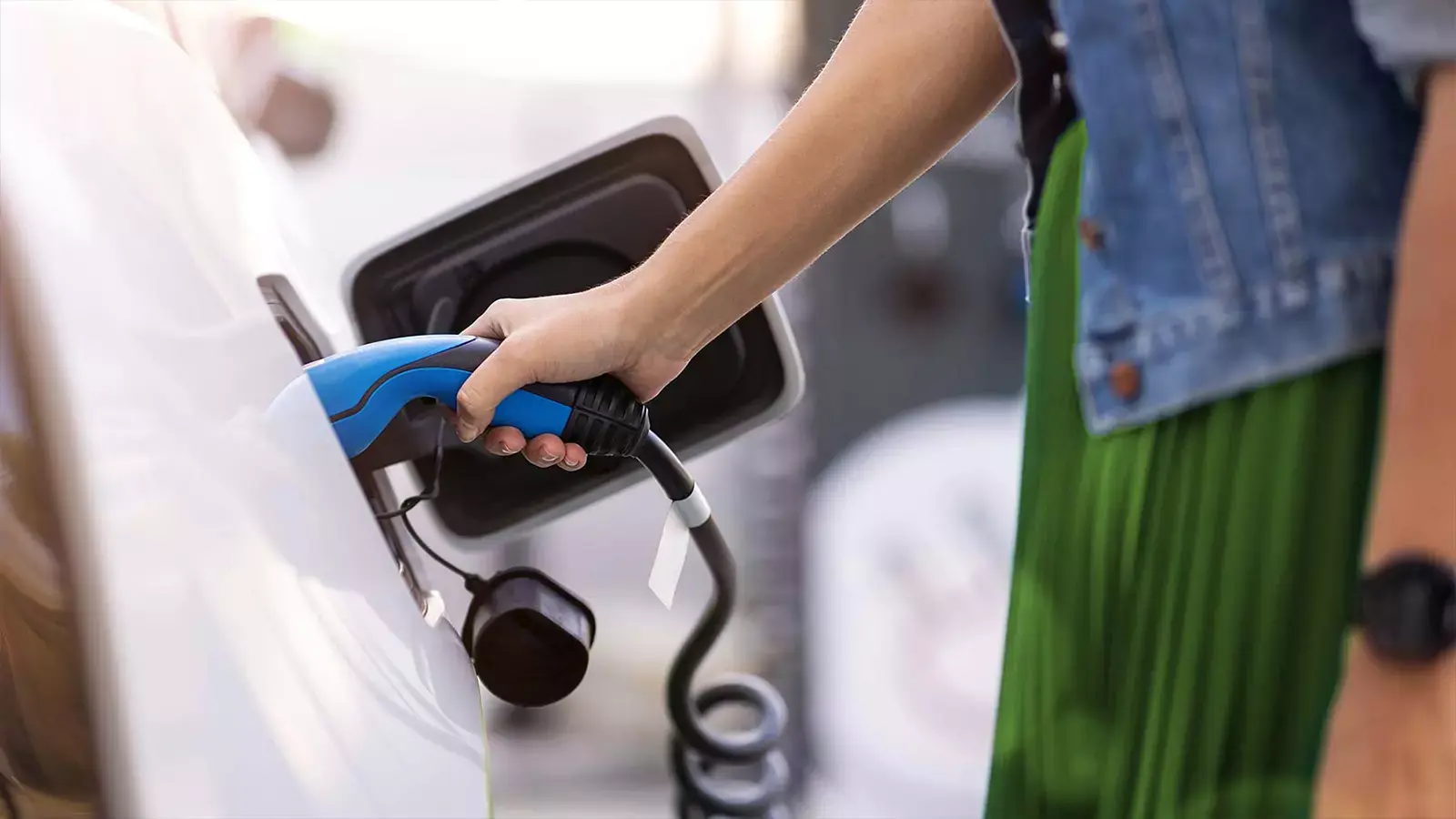EV Charging Glossary
Navigating the world of electric vehicle (EV) charging can feel like learning a new language. Between acronyms, power ratings, and charger types, it’s easy for new EV drivers to feel overwhelmed. This glossary-style article breaks down key terms in plain English to help you feel confident and informed when reading specs, using chargers, or shopping for an EV.
Charging Levels
Level 1 Charging
- Uses a standard 120V household outlet
- Adds 3–5 miles of range per hour
- Best for overnight charging or plug-in hybrids
Level 2 Charging
- Uses a 240V outlet (like a clothes dryer)
- Adds 12–40 miles of range per hour
- Common in homes, offices, and public places
Level 3 Charging / DC Fast Charging
- Uses direct current (DC) and high-power stations
- Adds 100+ miles of range in 15–30 minutes
- Ideal for long trips and highway stops
Connector Types
J1772
- The standard plug for Level 1 and Level 2 chargers (non-Tesla)
- Fits most EVs in North America
CCS (Combined Charging System)
- Adds DC fast charging capability to the J1772 design
- Used by most EV brands except Tesla
CHAdeMO
- Legacy DC fast charging plug, used by older EVs like the Nissan Leaf
- Being phased out in North America
Tesla/NACS (North American Charging Standard)
- Tesla’s proprietary connector, now adopted by Ford, GM, Rivian, and others
- Works with all charging levels

Key Terms to Know
State of Charge (SoC)
The current battery level of your EV, shown as a percentage.
kW (Kilowatt)
Measures charging speed. More kW = faster charging.
kWh (Kilowatt-hour)
Measures energy capacity. An EV with a 60-kWh battery can hold 60 units of energy.
EVSE (Electric Vehicle Supply Equipment)
Technical name for charging hardware and what you plug your car into.
Plug & Charge
Technology that lets you start charging automatically by plugging in. No apps or cards needed.
Amperage (A)
Measures current flow. Higher amperage = faster charging if your EV supports it.
Load Sharing / Power Splitting
Allows two EVs to share power from one circuit without overloading your home’s system.
Payment & Network Terms
Charging Network
A provider like ChargePoint, EVgo, or Electrify America that manages a set of public stations.
Session Fee
A flat fee charged at the start of a charging session.
Per-kWh Rate
Cost based on how much energy (in kWh) you use.
Idle Fee
Extra charge for staying plugged in after your car is done charging.
Roaming Agreement
Allows one network’s user to access stations on a different network.

Smart Charging Terms
Time-of-Use (TOU)
A rate plan in which electricity costs less during off-peak hours.
Load Management
A utility or charger feature that limits charging when the grid is stressed.
Vehicle-to-Grid (V2G)
Allows an EV to send electricity back to the grid during peak demand.
Bidirectional Charging
Technology that enables power to flow both into and out of your EV.
Final Thoughts
Understanding EV charging lingo can empower you to make smarter decisions, avoid confusion, and get the most out of your electric car. Bookmark this guide or print it for reference. It’s the ultimate cheat sheet for charging confidently.
Plug Into the Next Chapter
Continue exploring EV charging fundamentals:
← Go Back: Level 1, 2, and 3 Charging Explained
Discover Next: The Ultimate Guide to Home EV Charging→












